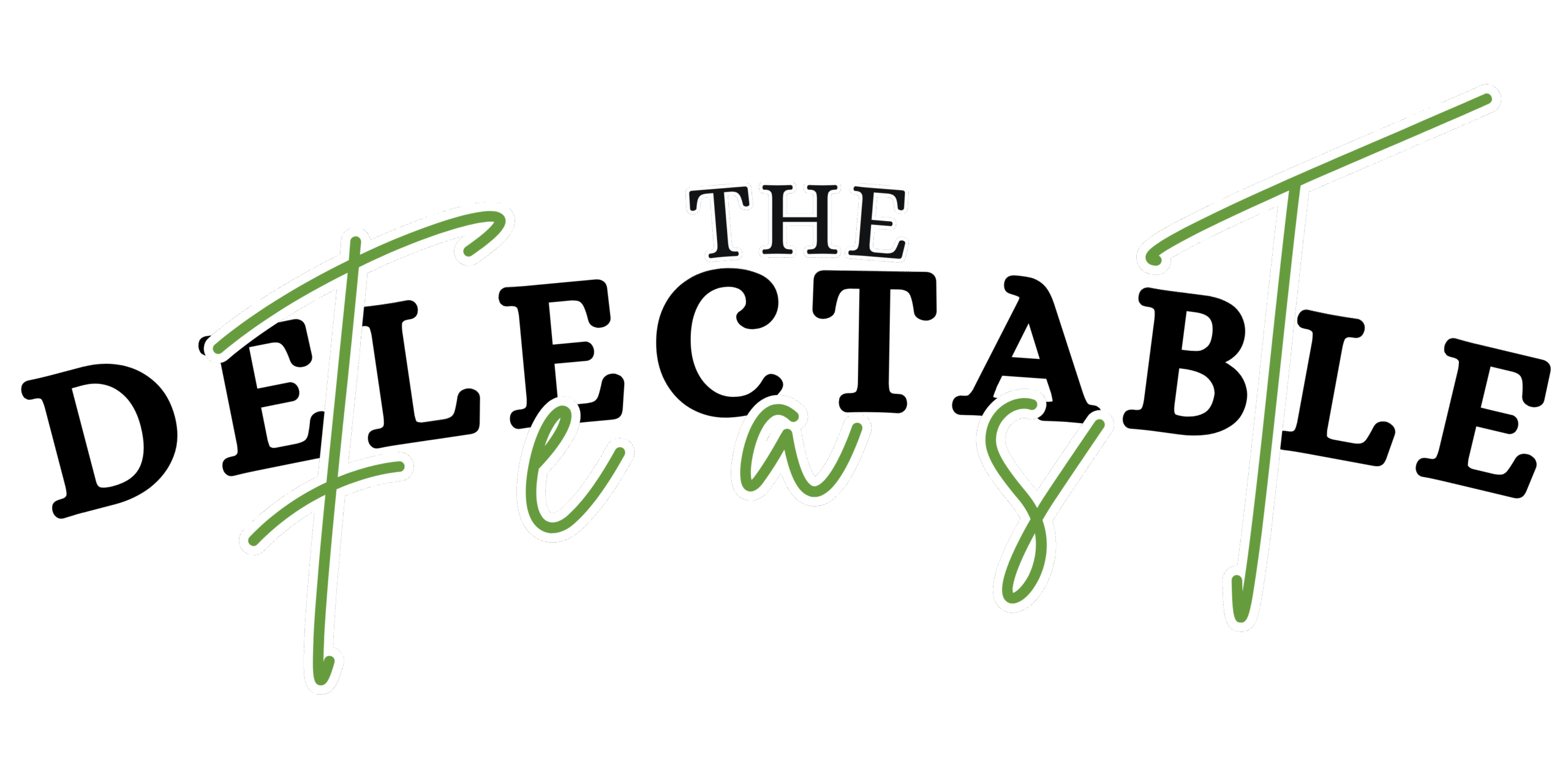DIY projects can be a game changer when it comes to saving money, but many people feel overwhelmed by the idea of taking on a big task. You’ve probably thought about it, whether it’s updating your kitchen, adding shelving, or even reworking your outdoor spaces, but the idea of hiring a contractor or spending hours watching tutorial videos can make you hesitate.
The truth is, DIY projects can save you hundreds of dollars and give you the satisfaction of doing something yourself. The secret is to forget the massive projects for now. You need to start small and choose something genuinely manageable for beginners. Here are 10 simple DIY projects to save money while transforming your home.
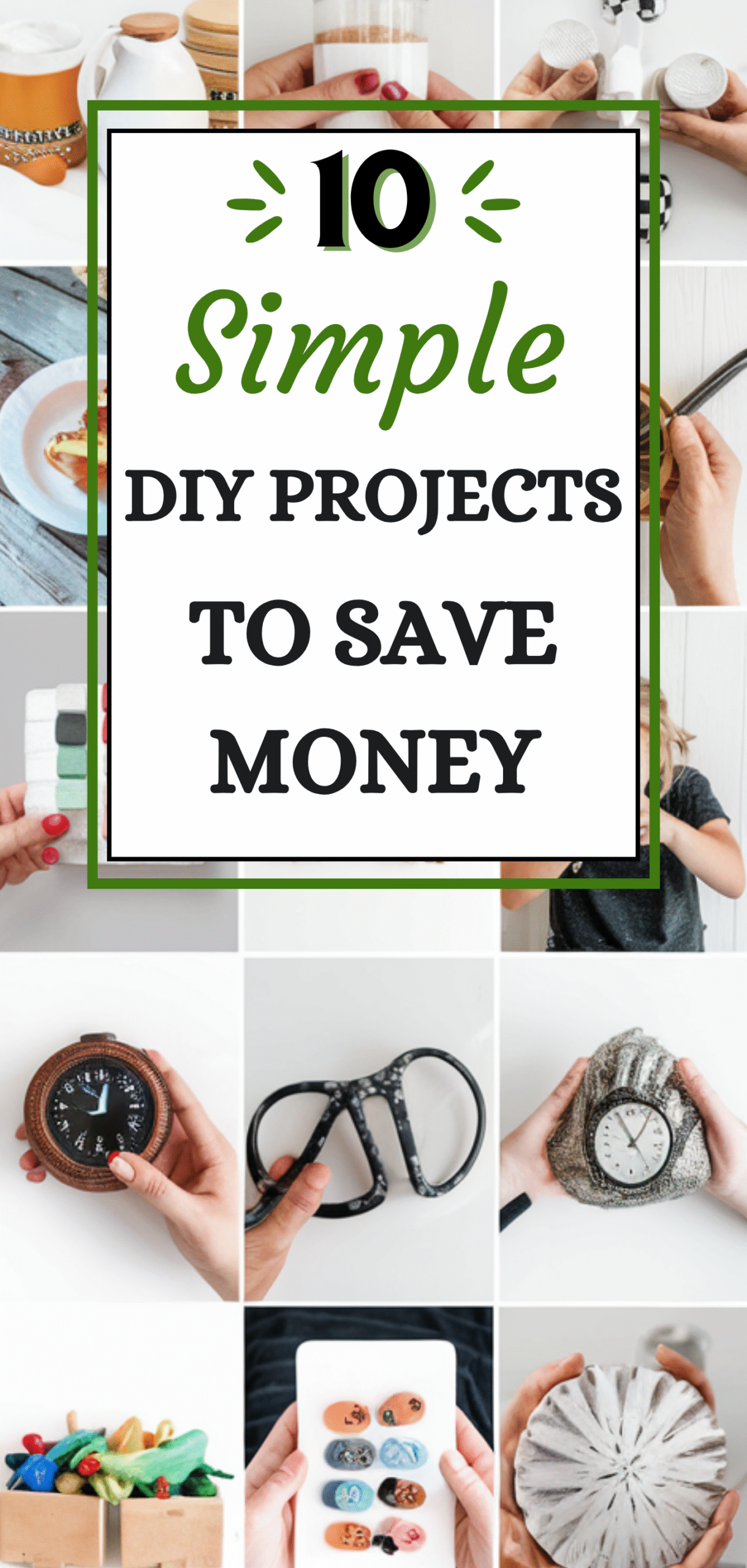
Start with smaller projects, like power washing your decks, walkways, and driveways. Over time, dirt, grime, and even mildew build up and make everything look dull and abandoned. A quick power wash can restore their original appearance for just the cost of a rental machine. Similarly, pruning your garden and trimming trees is an easy task that not only saves money but also keeps your yard looking neat and healthy. It’s a small investment in time that can pay off big in both curb appeal and upkeep costs.
When it comes to indoor projects, you’d be amazed at how a little paint and a few inexpensive accessories can breathe new life into a room. I saw this firsthand in my own kitchen. It was a total transformation using nothing more than a fresh coat of paint, some stick on tile decals, and brand new cabinet handles.
I honestly couldn’t believe how much that small switch changed the whole vibe of the space! This isn’t just about saving money, either. DIY gives you a stronger personal connection to your home. You get to add your own touch, which brings comfort and real pride. It’s truly amazing how fast and how cheaply you can make a room feel brand new again.
DIY isn’t just about updating your decor. It’s also about functionality. My first big DIY project was a workbench, which I built from laminated pine and 2x4s. I remember feeling so incredibly proud, I had actually created something super useful with my own two hands. It wasn’t perfect, but that’s the beauty of DIY, you learn as you go, and even a simple project like a workbench teaches you invaluable skills.
Starting with something you genuinely need, like a great storage solution or even a piece of furniture, means the effort you put in is automatically both meaningful and practical. The great part is, as you get more comfortable and confident, you can easily refine your skills and move up to those more complex jobs.
If you’re just starting out with DIY, you need to keep things straightforward. Stick to projects that only require a couple of basic tools and can easily be finished over a single weekend. Fitting your own bathroom or kitchen might seem daunting at first, but I did it because my budget didn’t allow for a contractor at the time.
That whole experience taught me so much, and now I can look at it and proudly say: I did it myself, imperfections and all. The more you dive into DIY, the more you’ll find that every single project is a chance to learn new skills and really sharpen your techniques.
To wrap things up, DIY projects aren’t just great for saving cash, they’re truly rewarding. Whether you’re refreshing your kitchen, building practical furniture, or simply giving the garden some much needed love, the skills you pick up are genuinely invaluable. And don’t forget to check out my article on Small Kitchen Island Ideas for more inspiration! With the right approach, anyone can take on DIY projects to save money and create a home that truly feels their own.
10. DIY Energy-Efficient Window Insulation
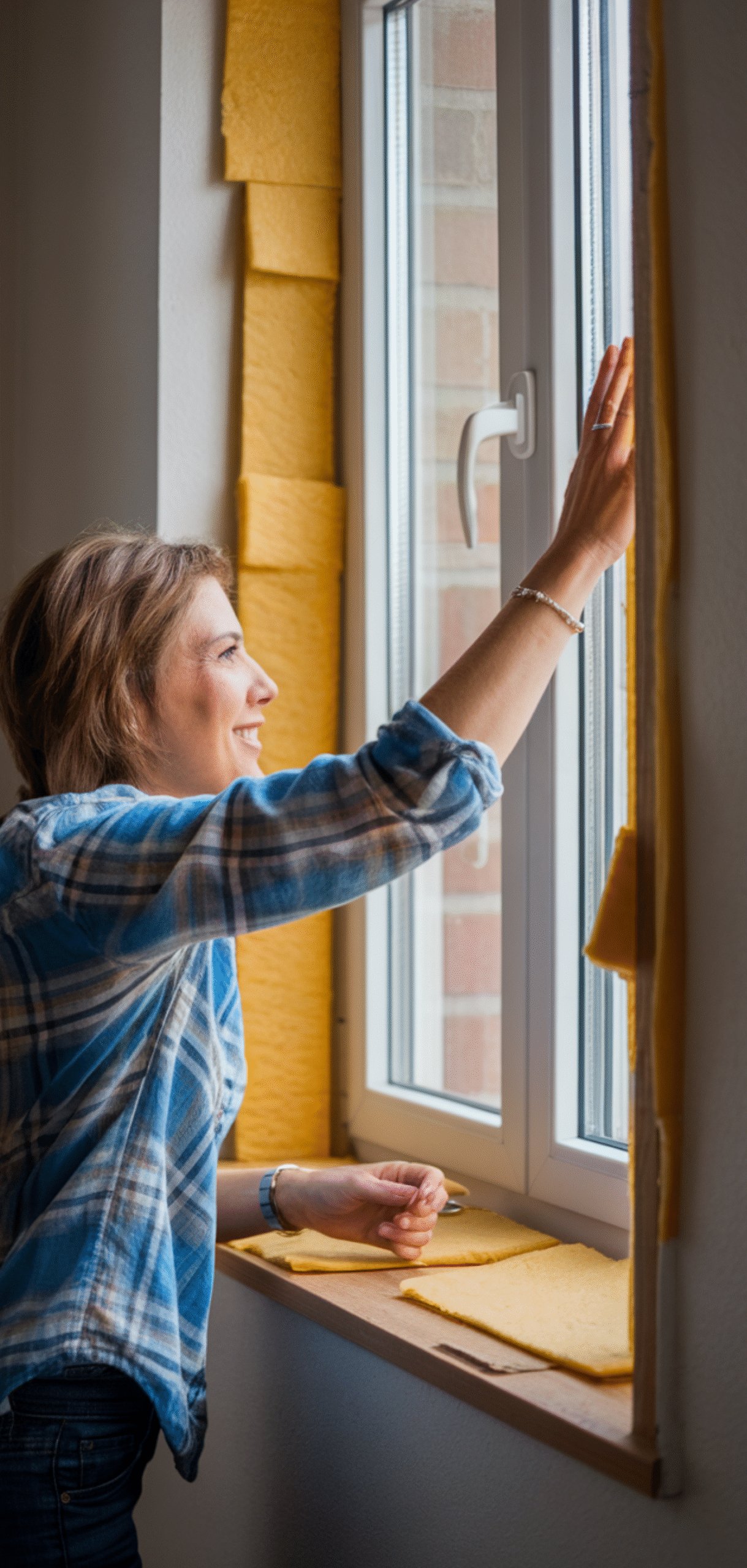
Save on Heating and Cooling Costs
Windows are often the most significant source of heat loss or gain in a home, making them a prime target for energy saving improvements. Insulating your windows can dramatically reduce your energy bills. This simple DIY project involves applying clear plastic film over your windows, which helps trap air between the window and film, creating an insulating barrier.
Materials Needed:
- Clear plastic film
- Double sided tape
- Scissors
- Hairdryer
DIY Projects Steps:
- Measure the dimensions of each window you plan to insulate.
- Cut the plastic film to size, leaving an extra inch on each side.
- Apply double sided tape around the edges of the window frame.
- Attach the plastic film, smoothing out any wrinkles.
- Use a hairdryer to shrink the plastic and create a tight seal.
This method will help keep your home warmer in winter and cooler in summer, leading to significant savings on heating and cooling costs.
9. Homemade Cleaning Products: Chemical-Free and Cost-Effective
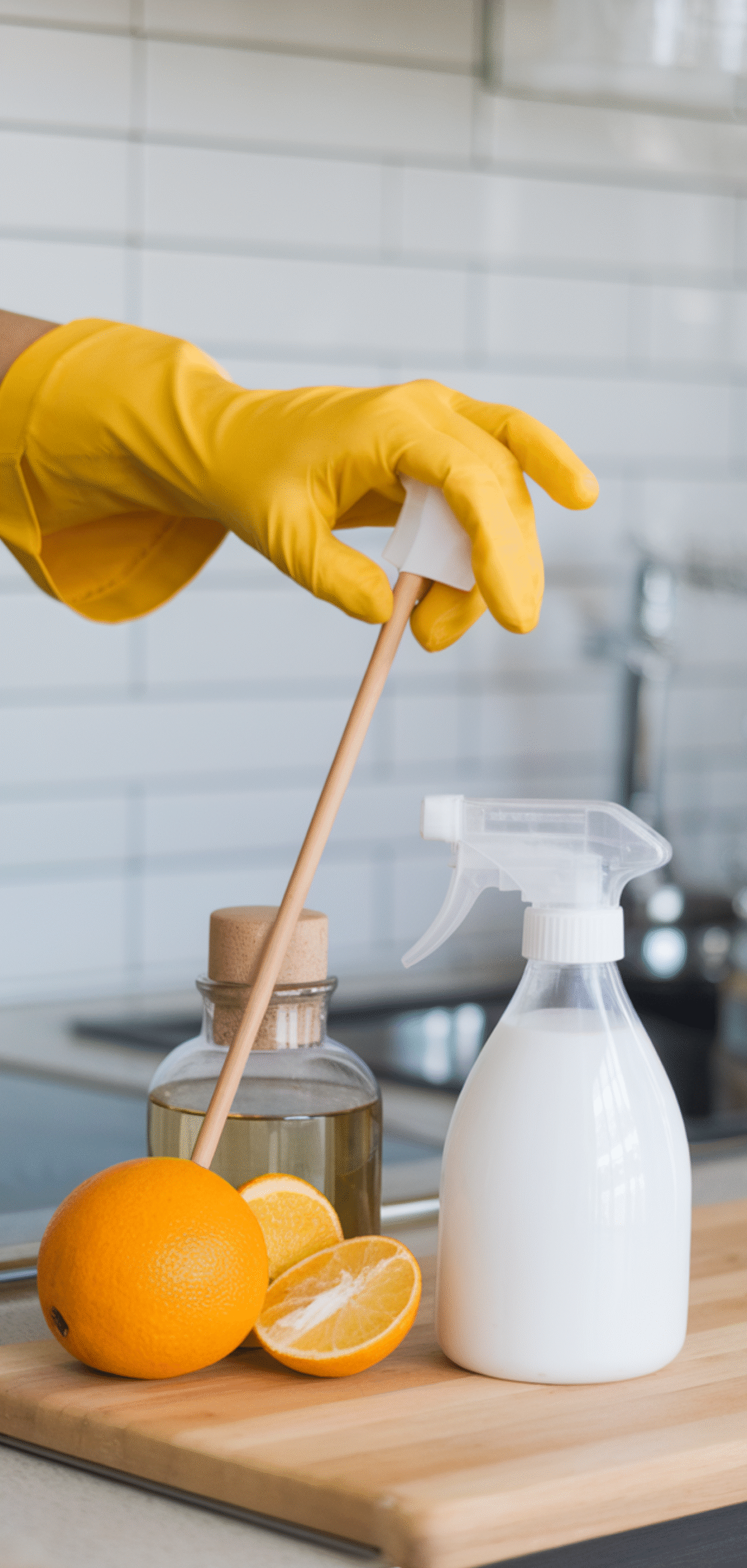
Reduce Household Expenditures on Cleaning Supplies
Cleaning products can be expensive, and many contain harsh chemicals that are harmful to both the environment and your health. Making your own cleaning supplies is an easy and affordable way to save money.
Materials Needed:
- White vinegar
- Baking soda
- Essential oils (optional)
- Water
- Spray bottles
DIY Projects Steps:
- For an all purpose cleaner, mix one cup of white vinegar with one cup of water. Add a few drops of your favorite essential oil for fragrance.
- For a scrubbing paste, combine baking soda with a small amount of water until it forms a paste. Apply to surfaces and scrub.
- For a glass cleaner, mix equal parts water and vinegar in a spray bottle.
By making your own cleaning supplies, you’ll avoid spending money on overpriced, toxic commercial products.
8. Upcycled Furniture: Transform Old Pieces Into New Treasures
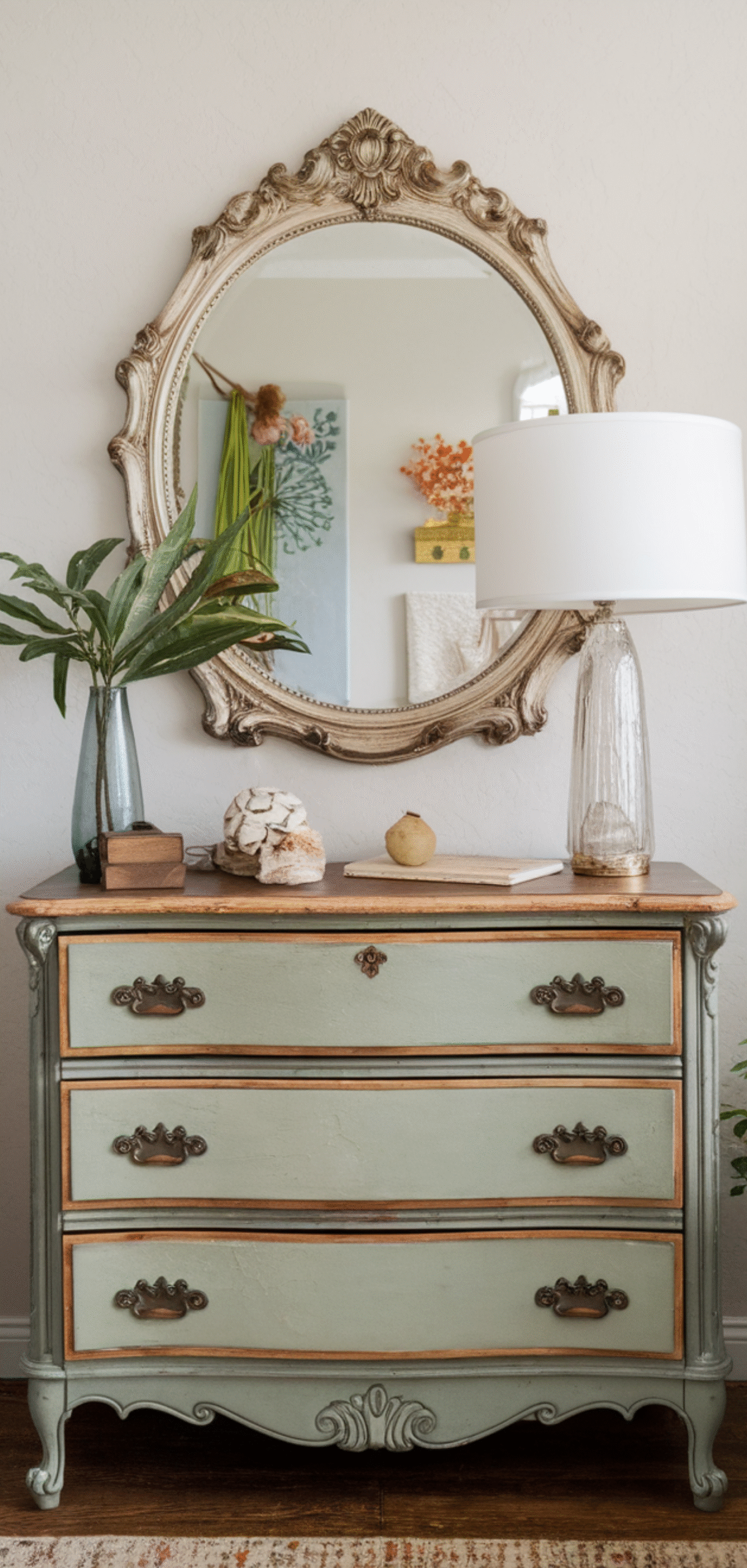
Save Money by Giving Old Furniture a New Life
Instead of buying new furniture, you can easily refurbish old pieces to create something fresh and unique. This is not only an affordable solution but also an eco friendly way to reduce waste.
Materials Needed:
- Sandpaper or sander
- Paint or stain
- Brushes
- Fabric (optional for reupholstering)
DIY Projects Steps:
- Sand down the old furniture to remove any old paint or finish.
- Apply a fresh coat of paint or stain to give the piece a new look.
- If needed, reupholster any fabric elements with new material.
This project will save you money while reducing the environmental impact of buying new furniture.
7. DIY Raised Garden Beds: Grow Your Own Food
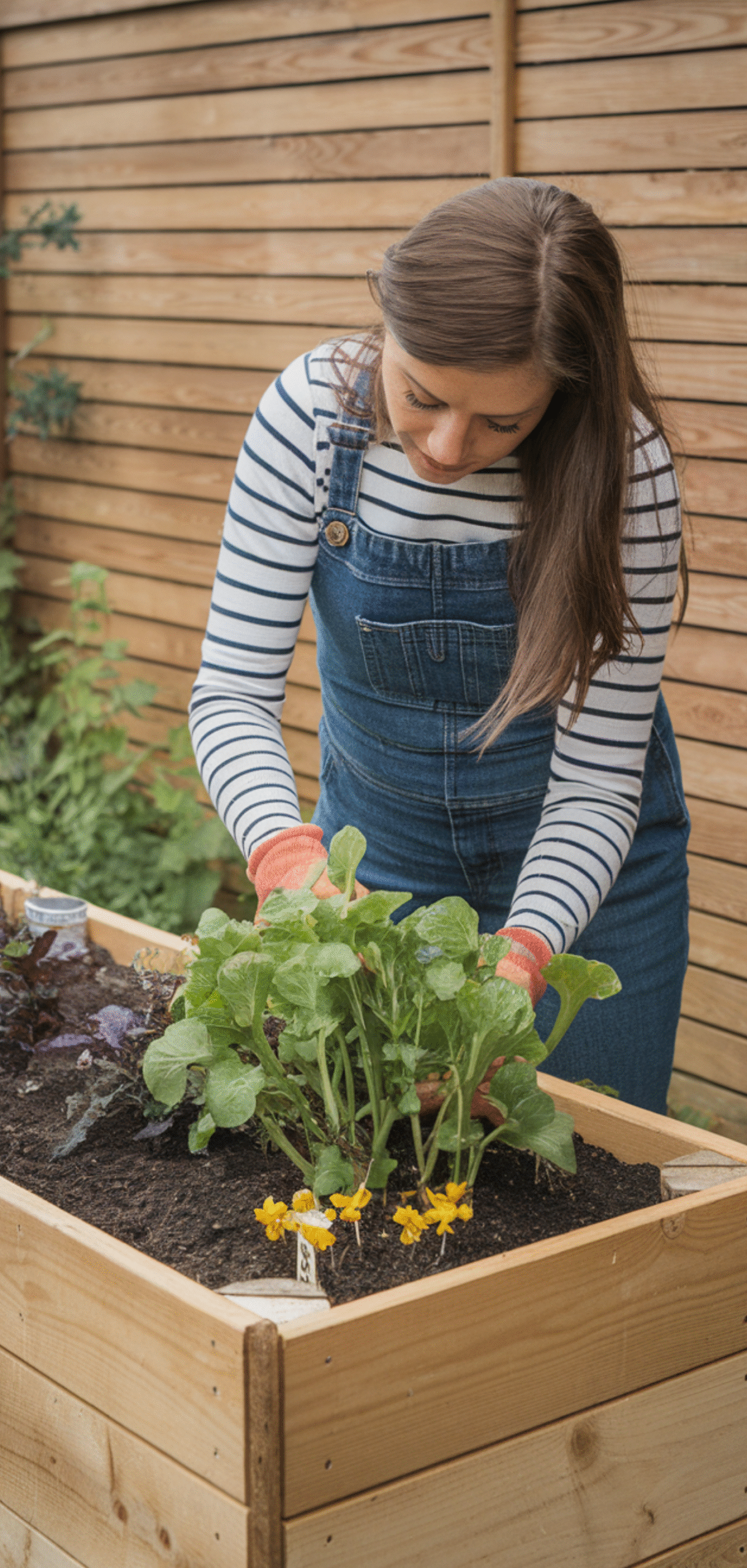
Cut Grocery Bills by Growing Your Own Vegetables
Gardening is one of the best ways to save money on fresh produce, and building raised garden beds makes it easier to grow your own food. Not only will you save money, but you’ll also enjoy the satisfaction of eating food you’ve grown yourself.
Materials Needed:
- Lumber (cedar or untreated wood works best)
- Soil
- Compost
- Seeds or seedlings
- Gardening tools
DIY Projects Steps:
- Choose a sunny spot in your yard for your garden beds.
- Cut the lumber to the desired length for your garden bed frame.
- Assemble the frame by securing the corners with nails or screws.
- Fill the bed with a mixture of soil and compost.
- Plant your chosen seeds or seedlings and care for them as they grow.
With a little effort, you’ll be able to grow fresh vegetables right in your backyard, cutting down on grocery costs and enjoying organic food.
6. DIY Solar-Powered Outdoor Lights
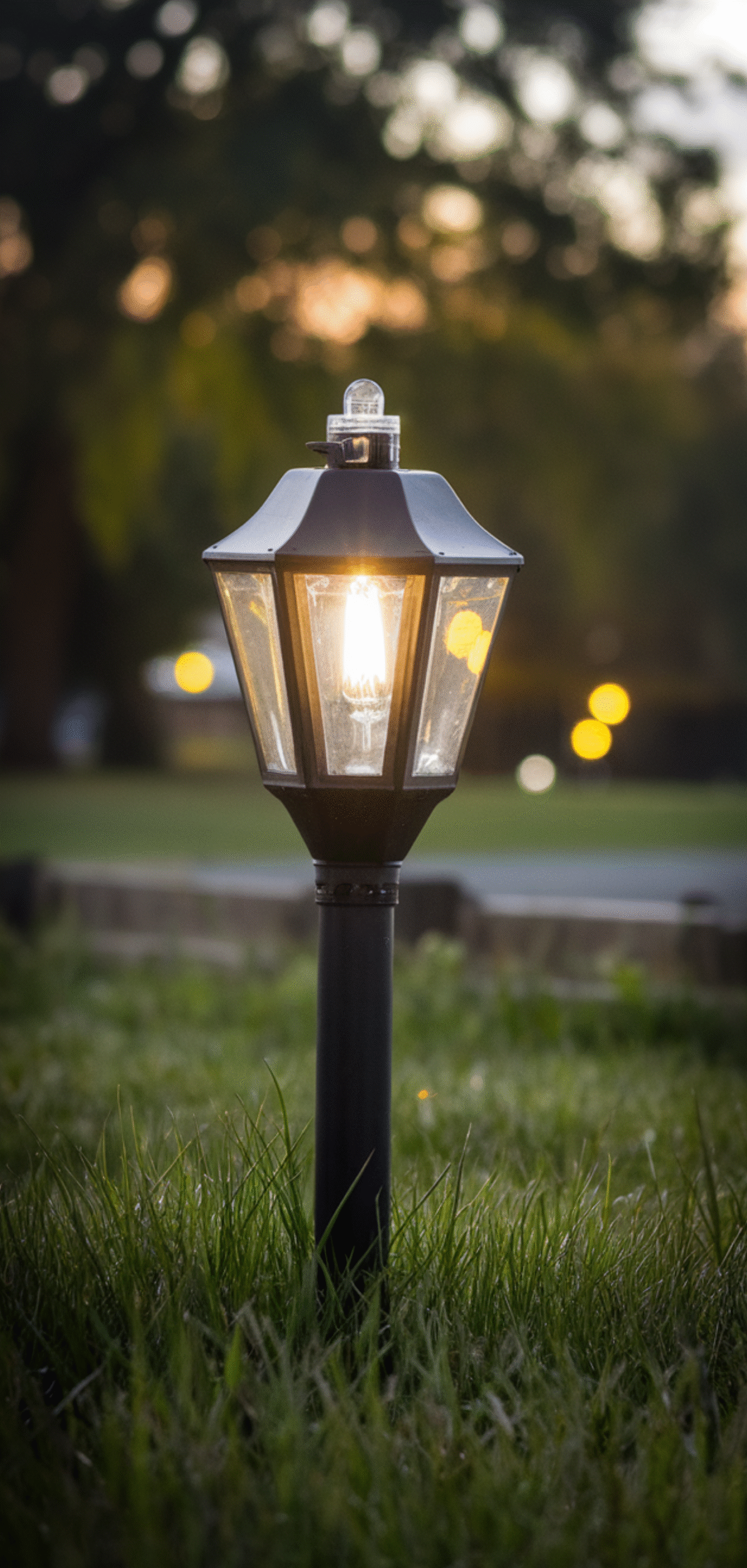
Save on Electricity with Solar Energy
Outdoor lighting can be expensive to run, but by switching to solar powered lights, you can enjoy a well lit yard without the added electricity costs. These lights are easy to install and require no ongoing maintenance.
Materials Needed:
- Solar lights (available at most home improvement stores)
- Shovel (for outdoor installation)
- Level (to ensure lights are upright)
DIY Projects Steps:
- Choose a location in your yard that receives plenty of sunlight during the day.
- Use a shovel to dig small holes where you want to place the solar lights.
- Insert the lights into the ground and make sure they are level.
- Let the solar lights charge during the day to light up your yard at night.
Solar powered lights are an inexpensive and sustainable way to brighten your outdoor spaces without the recurring cost of electricity.
5. DIY Rainwater Harvesting System
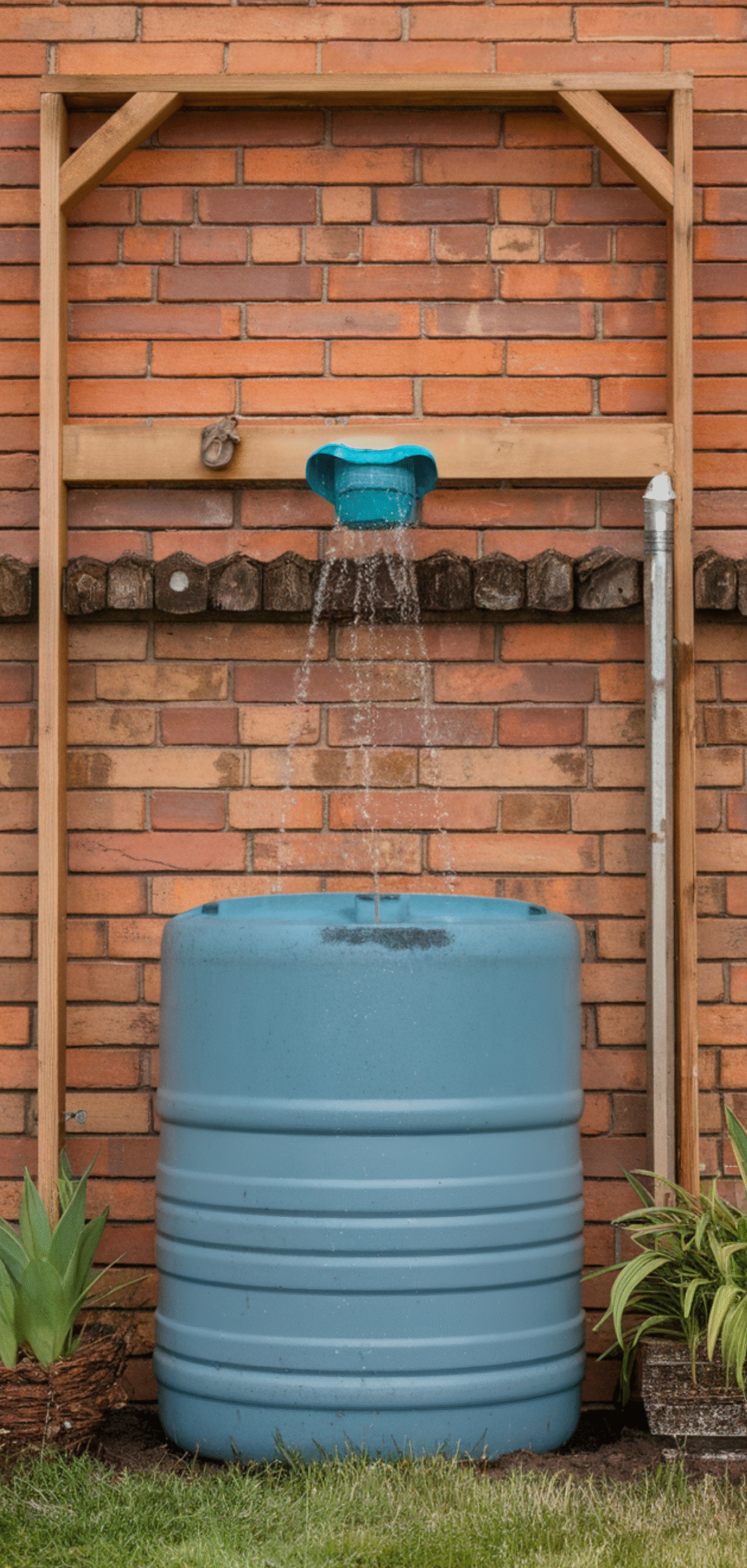
Collect Free Water for Your Garden
Harvesting rainwater is a sustainable and cost effective way to water your garden or lawn. Installing a rainwater collection system allows you to collect and store rainwater for later use, reducing your water bills.
Materials Needed:
- Rain barrels
- Downspout diverter
- Mesh screen (to filter debris)
- Hose or watering can
DIY Projects Steps:
- Place the rain barrels under your downspouts to collect rainwater.
- Install a diverter to direct water into the barrel, ensuring that the water flows properly.
- Cover the barrels with mesh screens to prevent debris from entering.
- Use the collected rainwater to water your garden or lawn.
By capturing and using rainwater, you can cut down on your water usage and save money on your water bills.
4. DIY Composting: Turn Waste Into Fertilizer
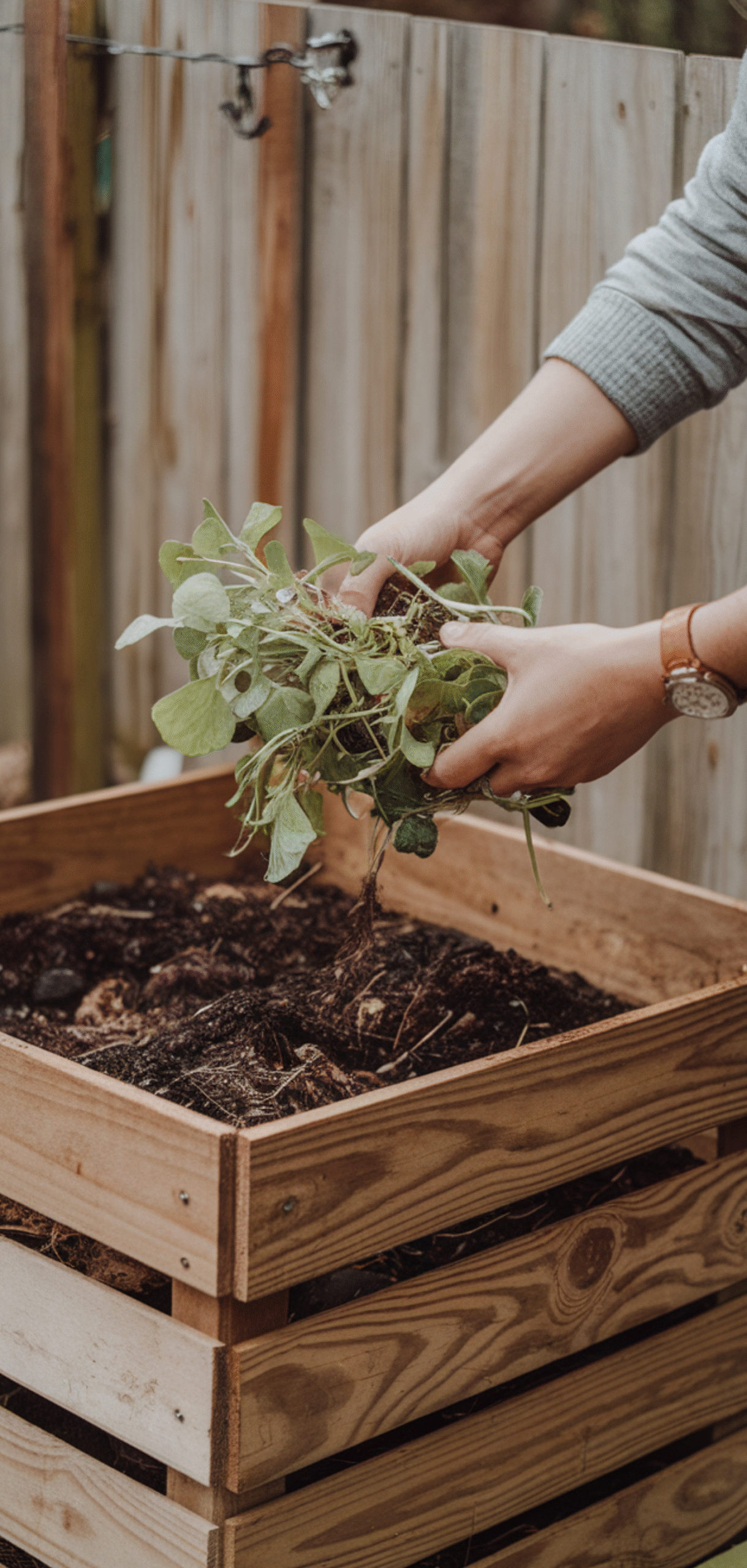
Reduce Waste and Save Money on Fertilizer
Composting is a natural way to recycle organic waste, turning it into rich, nutrient dense soil for your garden. Not only does this reduce the amount of waste sent to landfills, but it also eliminates the need to buy expensive fertilizers.
Materials Needed:
- Compost bin or pile
- Organic waste (fruit and vegetable scraps, coffee grounds, eggshells, yard waste)
- Shovel
DIY Projects Steps:
- Choose a location for your compost bin or pile. Ensure it’s in a well drained area.
- Start by layering organic waste, alternating between wet and dry materials.
- Turn the compost regularly to aerate it and speed up decomposition.
- After several months, the compost will break down into dark, crumbly soil that can be used in your garden.
Composting is an easy way to save money on fertilizers while promoting a cleaner environment.
3. DIY Air Purifiers: Clean the Air at Home
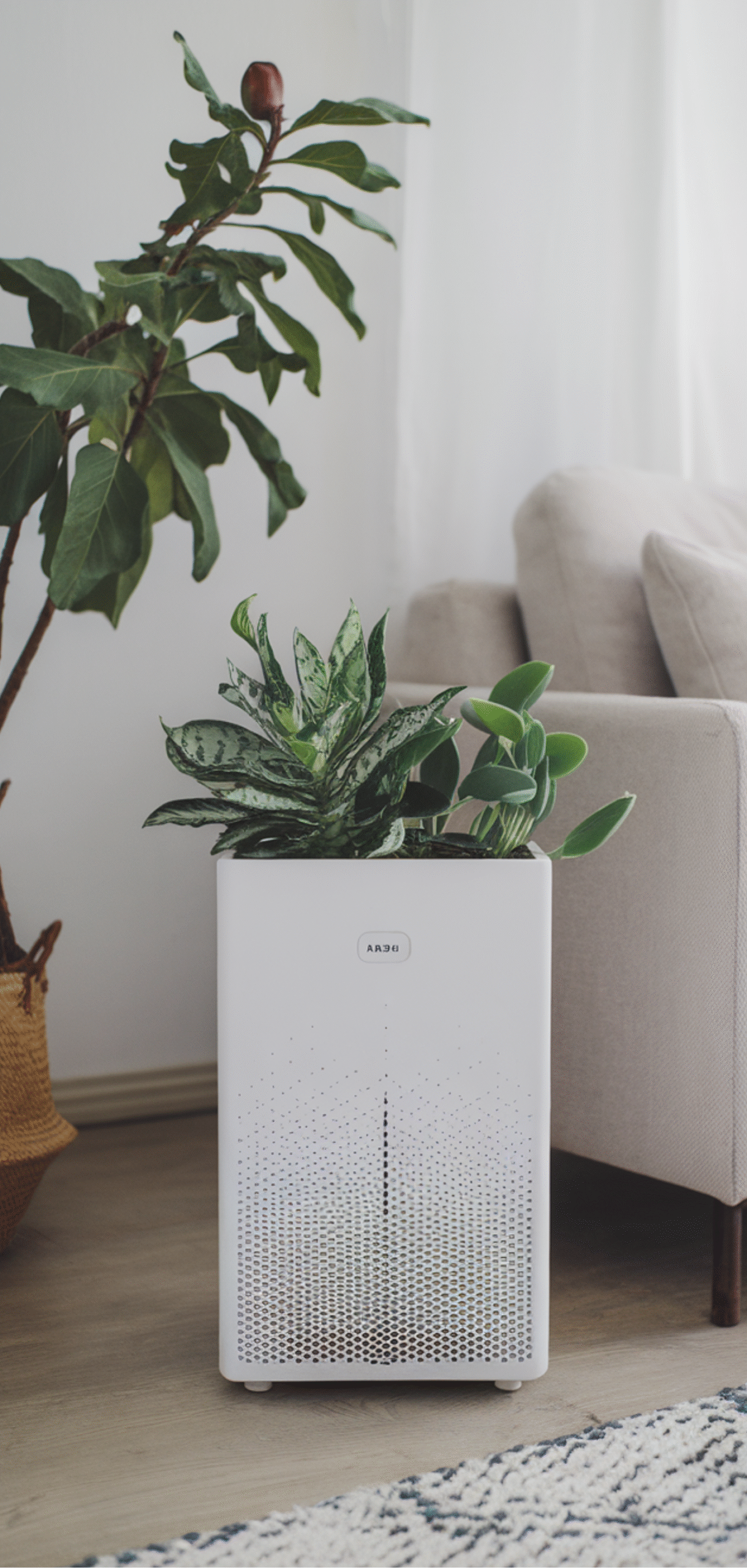
Save on Store-Bought Air Purifiers
Air purifiers can be expensive, but creating your own can be a simple and cost effective solution. DIY air purifiers are perfect for improving indoor air quality without spending a fortune.
Materials Needed:
- Box fan
- HEPA filter
- Duct tape
DIY Projects Steps:
- Attach the HEPA filter to the back of a box fan using duct tape.
- Make sure the filter is securely in place.
- Place the fan in a room where air quality improvement is needed, and turn it on.
This inexpensive DIY projects will help purify the air in your home, saving you money and improving your living environment.
2. Homemade Beeswax Wraps: Eco-Friendly Alternative to Plastic
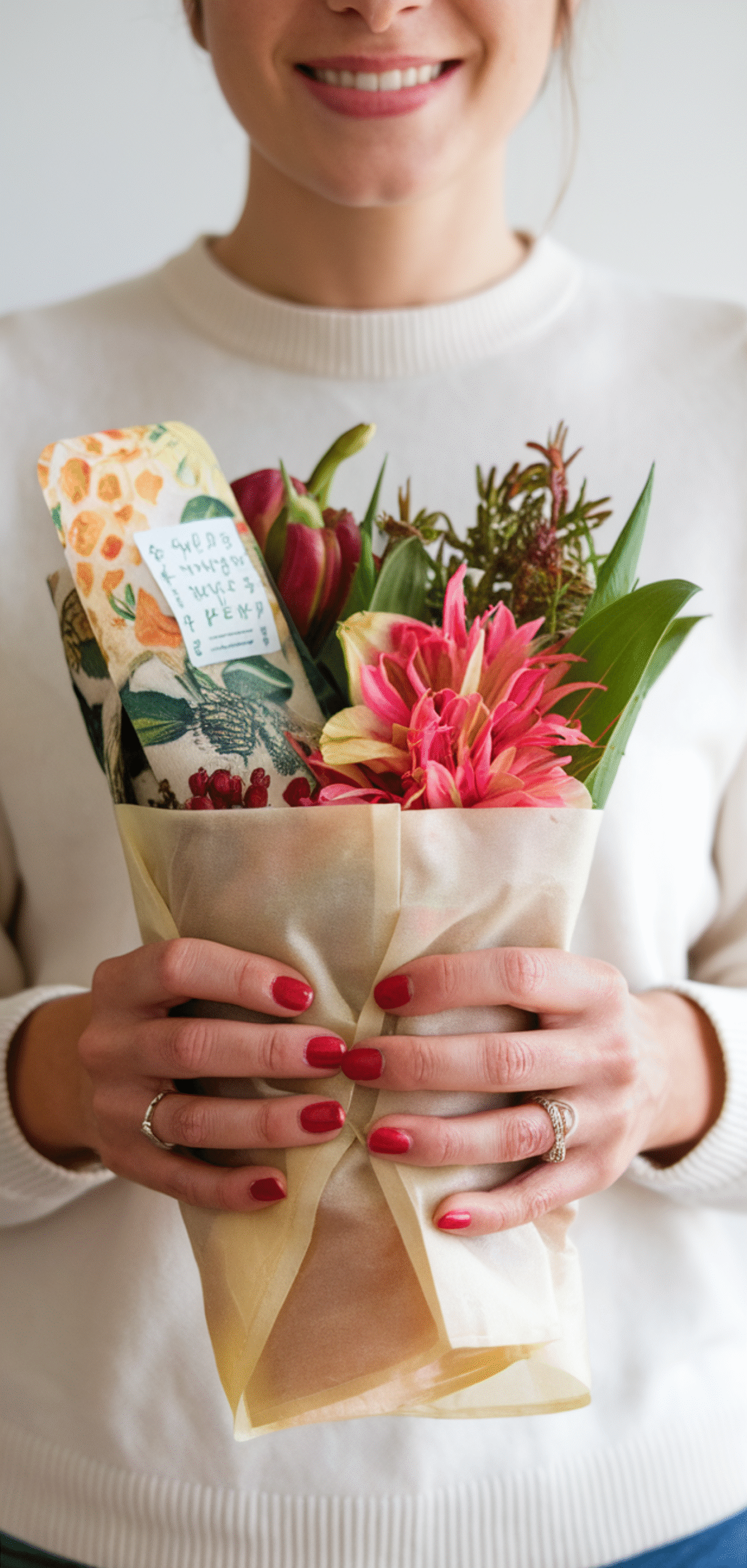
Reduce Plastic Waste with Reusable Beeswax Wraps
Plastic wrap is a common household item, but it’s also a major contributor to environmental pollution. Beeswax wraps offer an eco friendly alternative that can be used to cover food, wrap sandwiches, and more.
Materials Needed:
- Beeswax pellets
- Cotton fabric
- Iron
- Parchment paper
DIY Projects Steps:
- Cut the cotton fabric into the desired shape and size.
- Place the fabric between two sheets of parchment paper.
- Sprinkle beeswax pellets over the fabric.
- Use an iron to melt the beeswax and let it soak into the fabric.
- Allow the fabric to cool before using as a wrap.
These wraps are reusable, reducing your reliance on single use plastics and saving you money in the long term.
1. DIY Insulated Water Bottles: Eco-Friendly Hydration
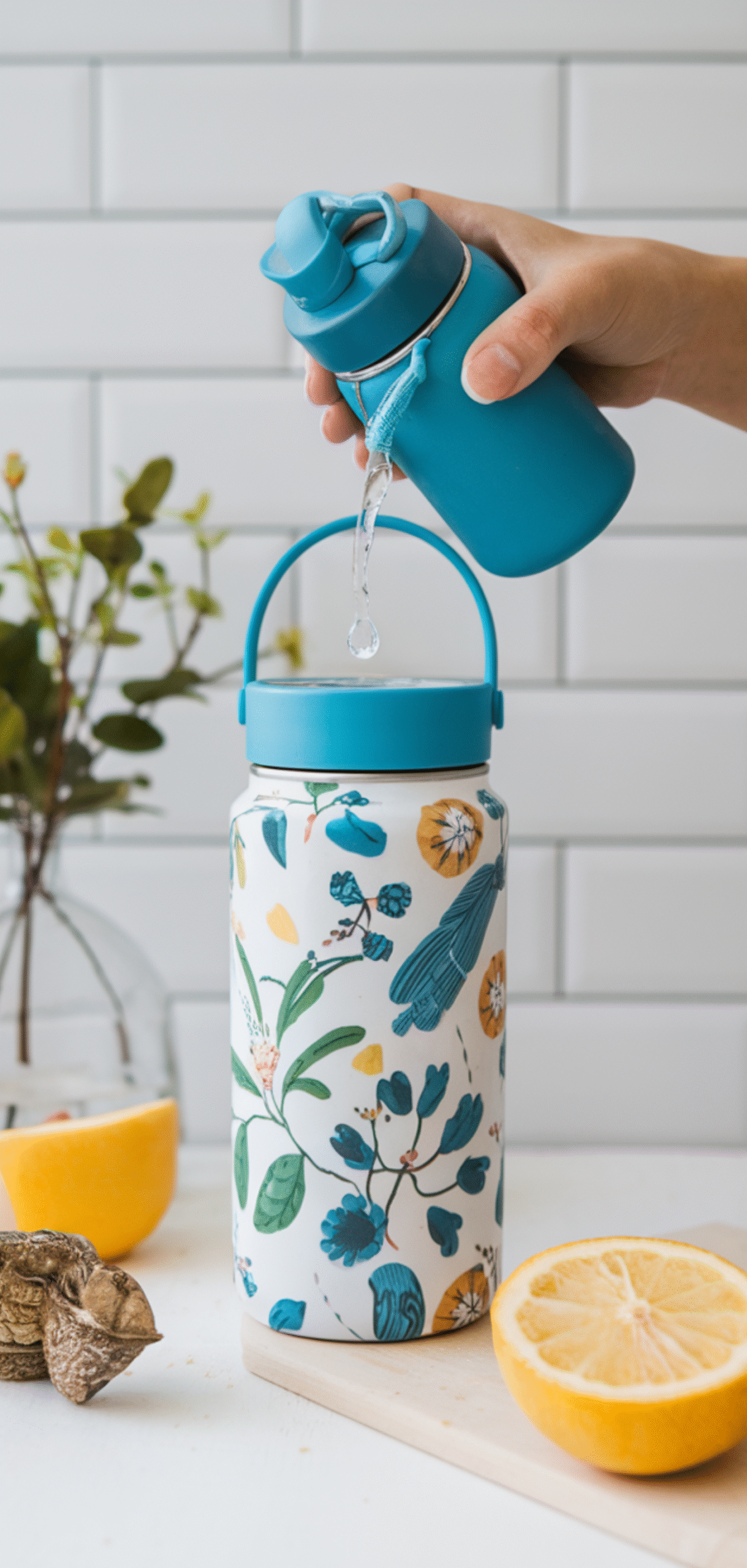
Save on Bottled Water and Stay Hydrated
Instead of buying expensive bottled water, consider making your own insulated water bottle. Not only will it help you reduce waste, but it will also keep your drinks cold or hot for hours, making it an excellent investment.
Materials Needed:
- Stainless steel bottle
- Insulating materials (foam, fabric)
- Adhesive or glue
DIY Projects Steps:
- Cut the insulating materials to fit inside the bottle.
- Apply adhesive to the bottle and carefully insert the insulating material.
- Let it dry completely before using.
This simple project will help you avoid purchasing bottled water while keeping your drinks at the perfect temperature throughout the day.
Conclusion
These 10 DIY projects are not only easy and affordable, but they also contribute to a more sustainable and eco friendly lifestyle. From energy saving window insulation to homemade cleaning supplies, there are numerous ways to reduce your expenses and environmental impact. Try these simple solutions and enjoy the satisfaction of creating something useful while saving money!
